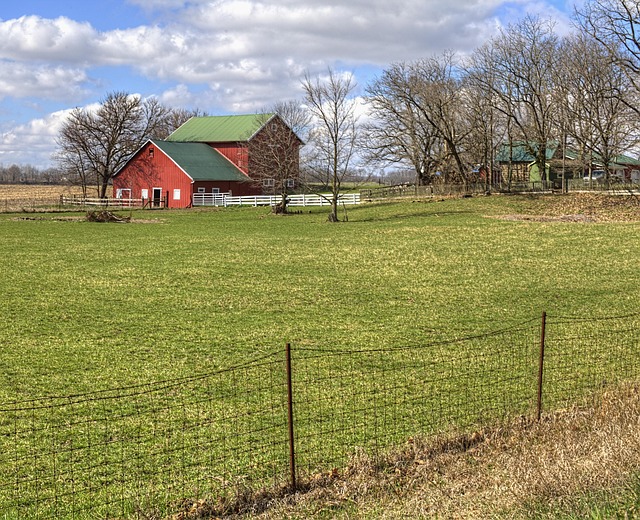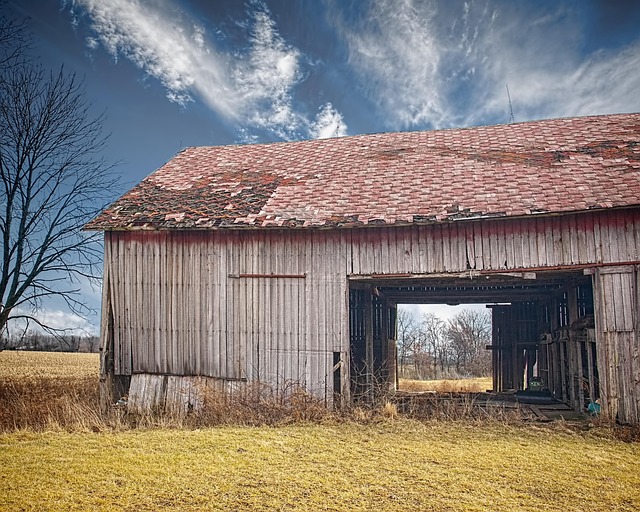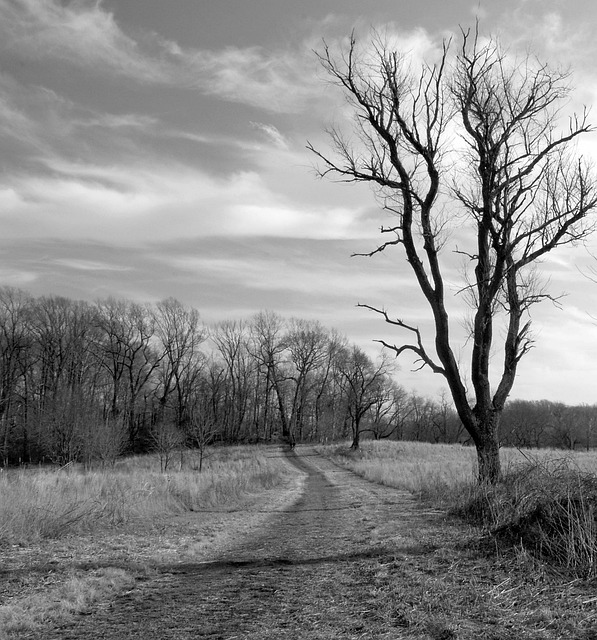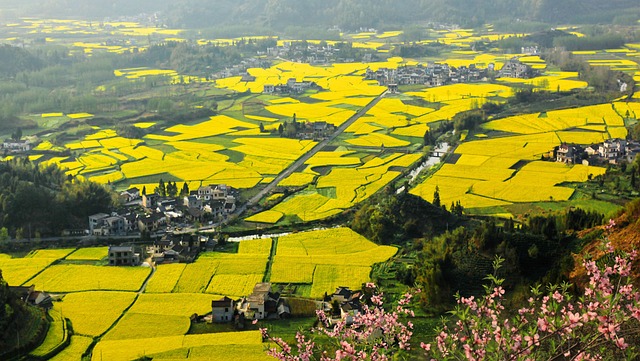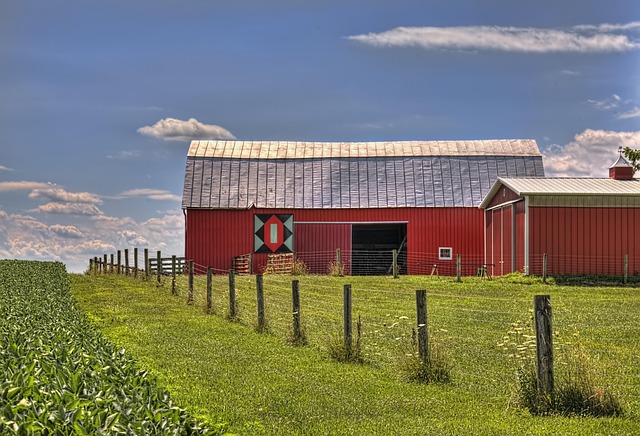Extraction has historically driven frontier expansion, shaping territories through resource quests like land, minerals, and timber. This legacy is evident in many cities and towns that depend on extractive industries, but these regions often experience economic booms and busts. Global landscape changes due to mining and logging have significantly impacted ecosystems and biodiversity. While extraction drives growth, environmental costs threaten sustainability. Real estate values can rise, attracting new residents, yet wealth disparities may create social tensions. Studying past frontier expansion provides valuable insights for modern real estate development in extractive industries, emphasizing sustainable practices, biodiversity conservation, and community engagement to harmonize with ecological boundaries while preserving historical legacies.
Frontier history is intricately woven with the tapestry of extraction—a driving force behind territorial expansion and real estate development. This article explores how the pursuit of resources has shaped landscapes, communities, and socio-economic dynamics across diverse regions. From unlocking vast tracts of land to its impact on local ecosystems, we delve into the historical perspective of extractive industries’ real estate practices. By examining past lessons, we gain insights for navigating modern challenges and opportunities in this dynamic sector.
The Role of Extraction in Frontier Expansion: Unlocking the Potential of Real Estate

Extraction has long been a driving force behind frontier expansion, with its potential to unlock vast expanses of untapped real estate proving irresistible to settlers and entrepreneurs alike. The pursuit of resources, whether it be fertile land for agriculture, mineral-rich veins for mining, or abundant timber for construction, has guided the march towards new territories. As frontiers shifted, so too did the economic landscape, with extraction industries becoming the backbone of many burgeoning settlements and regions.
The impact of this historical dynamic is evident today in the form of resource-dependent cities and towns that have flourished due to their strategic location alongside valuable real estate. These communities have often been shaped by the boom-and-bust cycles inherent in extractive industries, experiencing periods of rapid growth followed by economic downturns as resources become depleted or markets fluctuate. Nonetheless, the legacy of extraction endures, leaving an indelible mark on both the physical and socio-economic landscapes that continue to define many frontier regions.
Shaping Landscapes and Communities: Impact on Local Ecosystems and Socio-economic Dynamics

Frontier history, often characterized by extraction industries like mining and logging, has profoundly shaped landscapes and communities worldwide. These activities leave an indelible mark on local ecosystems, altering natural balances and biodiversity. The expansion of infrastructure, such as roads and settlements, fragments habitats, disrupting the intricate web of life that sustains regional eco-dynamics. In many cases, these changes lead to the loss of indigenous plant and animal species, challenging the resilience of ecosystems already facing global climate change pressures.
The socio-economic dynamics within communities are also significantly influenced by extraction. It drives economic growth in the short term but often comes with environmental costs that affect long-term sustainability. Local real estate values can be boosted by industry, attracting new residents and businesses. However, these gains are not evenly distributed, as wealth generated may primarily benefit external interests or a select few local stakeholders. This disparity can create social tensions and contribute to community fragmentation, impacting the overall well-being and cohesiveness of affected populations.
Historical Perspective to Modern Practices: Lessons Learned and Future Considerations in Extractive Industries' Real Estate Development

The historical perspective of frontier expansion and resource extraction offers valuable lessons for modern practices in the real estate development of extractive industries. Historically, as civilizations pushed into uncharted territories, the pursuit of resources like timber, minerals, and fossil fuels shaped landscapes and communities. These early encounters highlight the need for sustainable practices, environmental stewardship, and community engagement in real estate development today. By studying past extraction methods, we can avoid repeated mistakes and incorporate best practices to ensure long-term viability.
Incorporating historical insights into future planning involves recognizing the interconnection between resource extraction, land use, and community well-being. Modern real estate developers can learn from historical patterns, such as the importance of responsible land management, preserving biodiversity, and fostering partnerships with local communities. These considerations are essential for creating sustainable, resilient, and inclusive extractive industry developments that respect ecological boundaries and honor historical legacies.


